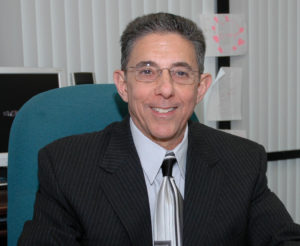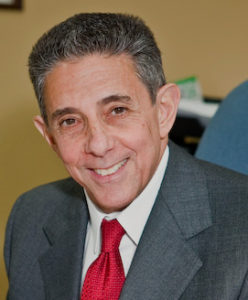
 Battling the Opioid Crisis: Treatment of Injury and Pain without Narcotics
Battling the Opioid Crisis: Treatment of Injury and Pain without Narcotics
by Lawrence Gorfine, M.D., Palm Beach Spine & Diagnostic Institute
The misuse of opioids, including prescription pain relievers, has led to an explosion of narcotic addiction and narcotic-related deaths in the United States. It is now considered an epidemic. Physicians are thought to be a major contributor to this increase in narcotic addiction, as they readily prescribe narcotics for pain relief following injury and surgery, leading to an increase of people who are becoming addicted and dependent on these substances. Once physicians stop prescribing these medications, these addicted individuals seek the medication from other sources. Of course, the purity and safety of drugs purchased outside the medical-pharmaceutical establishment are additional factors causing injury and death of these substance-dependent individuals.
Treatment Without Narcotics
There is another and better way to treat acute injury. The solution is to find alternative treatments to surgery. Rapid medical treatment of injuries reduces the inflammation and pain, and avoids the use of narcotics and all the potential problems with narcotics.
Injury initiates an inflammatory response which protects against infection and initiates the healing response. Persistent inflammation, however, causes further tissue damage. Delayed treatment of injury and persistent inflammation causes even further harm to the already injured part of the body.
A recent study of one hundred and eleven patients compared standard physical therapy and conservative treatments to early injection therapy for acute injury. Thirty percent of the patients had neck injuries, 10 percent had mid-spine injuries and 60 percent had low back injuries. Patients treated more timely had significantly improved outcomes, and most of those treated immediately after injury demonstrated complete recovery. None of the patients medically treated immediately after injury required narcotic medication. This and other recent studies suggest that rapid medical treatment of injuries substantially reduces both the degree of impairment and the amount of narcotic use following accidents and trauma.
Physicians can help stop the opioid crisis by limiting the prescription of pain relievers and looking to other effective treatment options besides surgery, including laser treatment, platelet rich plasma therapy, prolotherapy injections, steroid injections and other alternatives. As physicians, we need to educate our patients on the importance of rapid medical treatments, getting to the source of the pain quickly and finding solutions and therapies that address those specific issues directly, offering effective, efficient and long-term results.




